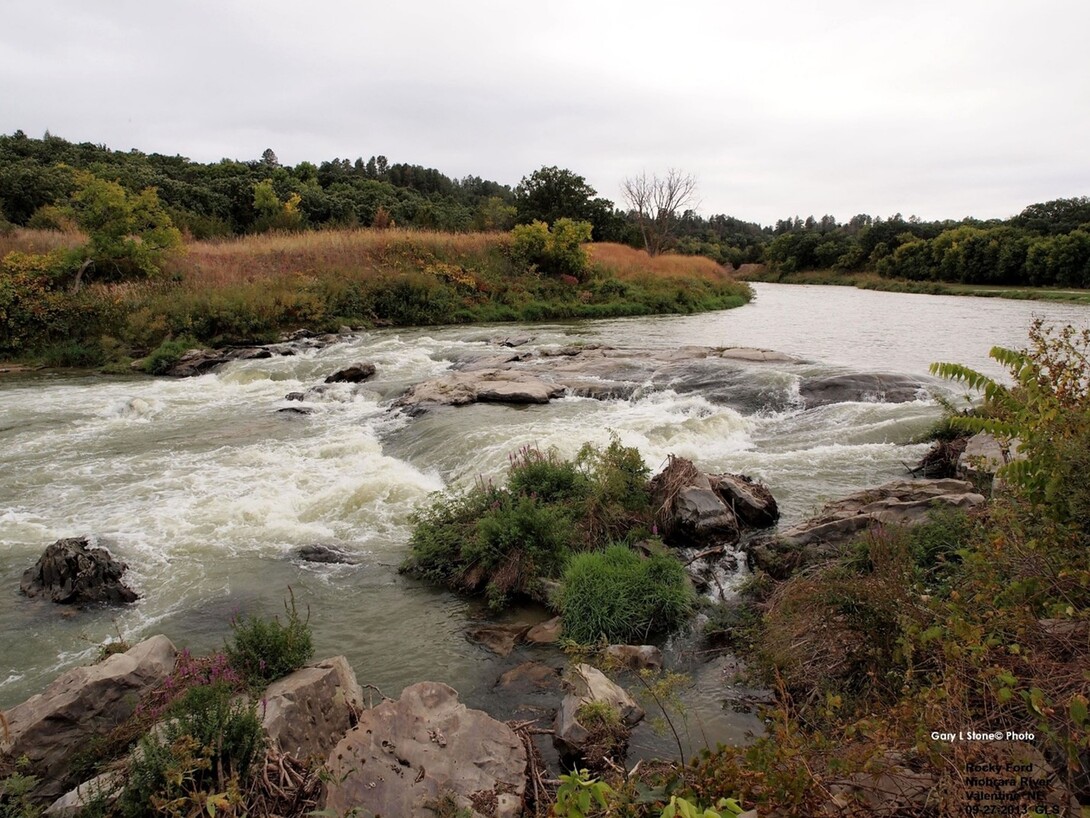
Lincoln, Neb. —This is the third in a six-part series of articles covering basic water law in the United States, predominately in the western part of the country, and how it affects this finite resource. Water law can be traced back to Roman times and also has roots in English common law. Across the United States, it varies from state to state, and from East to West. When conflicts arise, courts usually determine the outcome, unless there are state or federal laws or previous case studies to resolve the issue. Exceptions to the law can arise from differences in each state’s water laws.
Part one of this series covered basic concepts and legal terms related to water law and explained riparian doctrine and the doctrine of prior appropriation. Part 2 discussed some of the other types of water rights and legal doctrines and concepts. This article explains terms and definitions used in administering surface-water rights.
A streamwide adjudication process is where all established water right priorities and quantities of diversion are recorded and use determined for all appropriators on a stream. This can include federal and tribal water rights.
Practicably irrigable acres is a set number of acres that may be irrigated. For example, if 10,000 acres of a tribe’s 50,000-acre reservation are practically irrigable, the tribe may divert water for 10,000 acres, even if they are not irrigated.
Water right cancellation, also known as “use it or lose it”: In Nebraska, surface-water rights can be cancelled by several methods: Administrative cancellation, when the Nebraska Department of Natural Resources (NDNR) may cancel an appropriation if a water-right holder has not used their water for five consecutive years (unless irrigation was not needed due to adequate precipitation); and by common law abandonment, where an appropriator who does not use water for 10 consecutive years can lose the appropriation in a private lawsuit.
Stream is a general term for a body of flowing water, containing water at least part of the year. In hydrology, the term is generally applied to the water flowing in a natural channel as distinct from a canal. Some stream classifications include (in relation to time): ephemeral streams, which flow only in direct response to precipitation and their channel is always above the water table; intermittent or seasonal streams, which flow only at certain times of the year when they receive water from springs, rainfall, or surface sources such as melting snow; and perennial streams, which flow continuously.
Streams and their relation to groundwater: Gaining streams (or stream reaches) receive water from the zone of saturation (water table); these are also referred to as an effluent stream. Insulated streams neither contribute water to the zone of saturation nor receive water from it. Such streams are separated from the zones of saturation by an impermeable bed. Losing streams contribute water to the zone of saturation. Also referred to as an influent stream. Perched streams are either losing streams or insulated streams that are separated from the underlying ground water by a zone of aeration.
Natural flow is the rate of water movement past a specified point on a natural stream from a drainage area, which have not been affected by stream diversion, storage, import, export, return flow, or change in consumptive use caused by human modification to land use. Natural flow rarely occurs in a developed county.
Base flow is the volume of flow in a stream channel that is not derived from surface run-off. Base flow is characterized by loss flow regime (frequency, magnitude, and duration daily, seasonally, and yearly), by minimum low-flow events and in the size and complexity of the stream and its channel.
Instream flows are flows reserved for uses within a defined stream channel - consumptive water requirements which do not reduce the water supply. Examples of these uses include: aesthetics (maintaining flowing streams, lakes, and bodies of water for visual enjoyment); fish and wildlife; navigation (maintaining minimum flow for waterborne commerce); quality dilution (diluting salt and pollution loading to acceptable concentrations); and recreation (outdoor water recreation such as fishing, boating, water skiing, and swimming). Instream appropriations are usually junior to other appropriations.
Priority administration refers to the administrative enforcement of water-priority appropriations in most western states. In Nebraska the NDNR administers and issues closing orders under priority administration.
Priority call is a request from a downstream senior water appropriator who is not receiving all of the water they are entitled to. A priority call on the stream / river is a notice to upstream junior water appropriators to reduce the amount of water they are taking so the senior water appropriator can get the water they are entitled to.
Futile call / water use out of priority is a situation in which a junior priority use will be permitted to continue to divert in spite of a priority call by a senior appropriator in the same watershed, because curtailing the junior from diversion would produce water for beneficial use for the senior appropriator.
To repeat the question that concluded parts 1 and 2 of this series: What is water worth?
NEXT: Groundwater, part 1.







